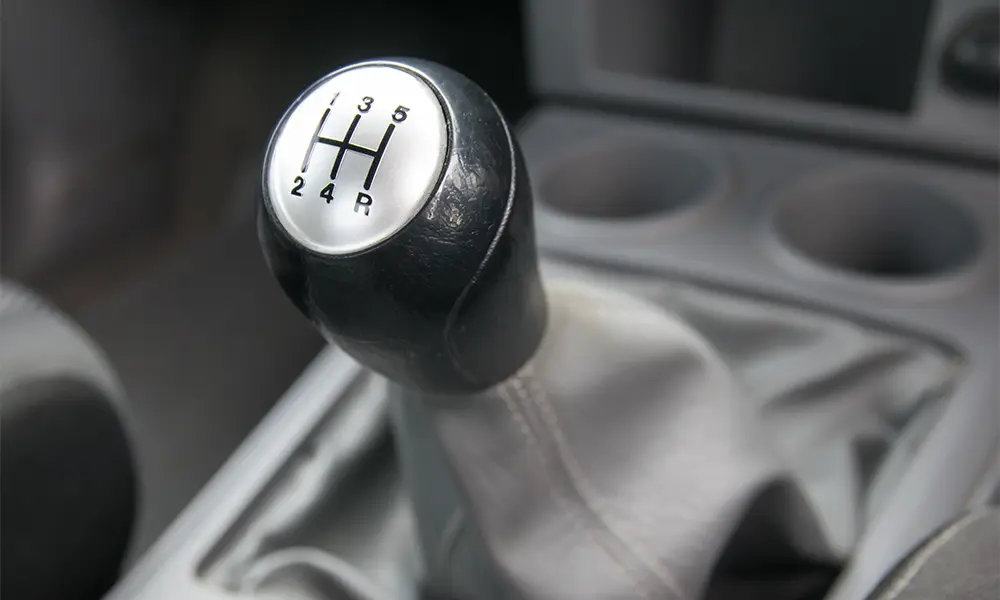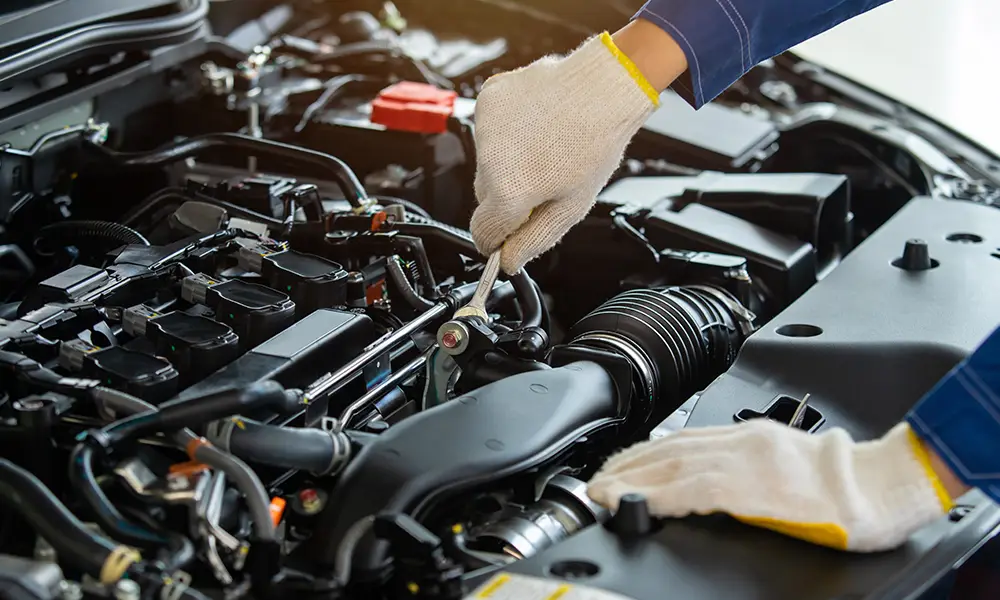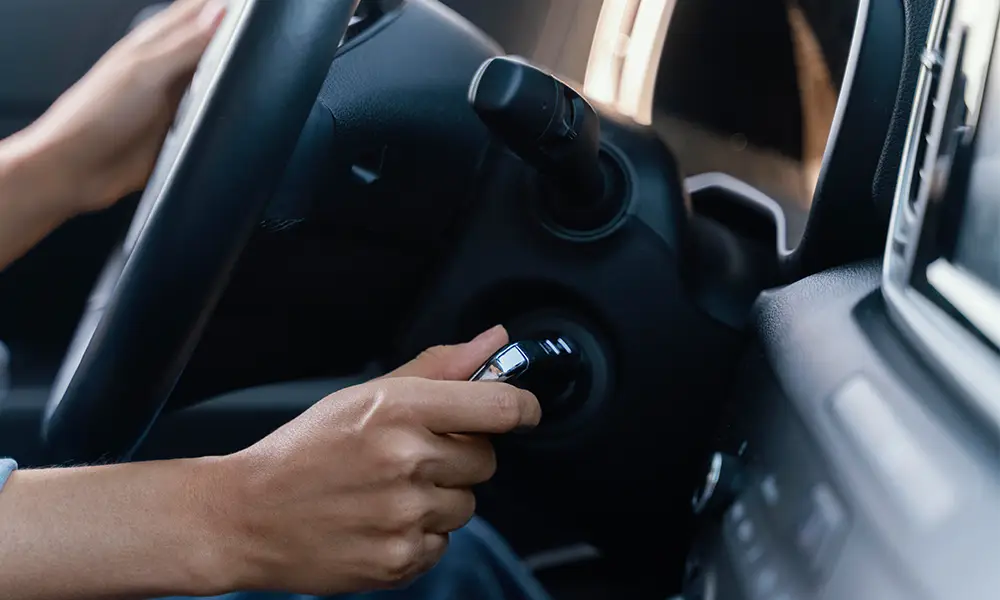Have you ever wondered what a dual-clutch transmission is and why some car enthusiasts swear by it while others warn you away?
This high-performance technology promises faster gear changes and better fuel efficiency.
But like any advanced system, it comes with trade-offs you need to know before buying or servicing your car.
What Is a Dual-Clutch Transmission?
A dual-clutch transmission (DCT) is a type of gearbox that uses two separate clutches to handle odd and even gears.
Instead of the pause you feel in a traditional automatic, a DCT pre-selects the next gear. This makes shifting almost seamless and lightning fast.
How Does a DCT Work?
To understand DCT, think of it as two gearboxes working together.
- One clutch controls odd-numbered gears (1, 3, 5).
- The other clutch manages even-numbered gears (2, 4, 6).
As you accelerate, the next gear is already prepared, resulting in smooth and rapid shifts.
The Pros of Dual-Clutch Transmission
Here are the pros of a dual-clutch transmission:
1. Faster Gear Shifts
Because gears are preloaded, you get near-instant transitions, perfect for performance driving.
2. Better Fuel Efficiency
DCTs reduce energy loss compared to torque converters, meaning more kilometres per litre.
3. Enhanced Driving Experience
You’ll feel more connected to the road, with precise and sporty handling.
The Cons of Dual-Clutch Transmission
Here are the cons of dual-clutch transmission:
1. Higher Maintenance Costs
DCTs require specialised servicing and can be more expensive to repair.
2. Stop-Start Traffic Issues
They may feel jerky at low speeds, especially in city driving.
3. Shorter Lifespan of Some Components
Clutches in DCTs can wear out faster if not properly maintained.
Common Problems with DCTs
Even the most advanced transmissions aren’t perfect. Drivers sometimes report:
- Delayed engagement when accelerating from a stop.
- Overheating in heavy traffic or hot climates.
- Clutch shuddering under load.
Regular servicing reduces these risks significantly.
How to Maintain a Dual-Clutch Transmission
Maintenance is key if you want your DCT to last. Typical steps include:
- Fluid changes at manufacturer-recommended intervals.
- Software updates for the transmission control module.
- Regular inspections for leaks or unusual noises.
Skipping maintenance can lead to costly failures.
Is Dual-Clutch Transmission Right for You?
Your driving style matters.
- Yes, it’s for you if you love performance, quick shifts, and highway driving.
- No, avoid it if you mostly drive in heavy city traffic and want minimal maintenance.
DCT vs Automatic Transmission
Here’s how DCT stacks up against a traditional automatic:
- Performance: DCT wins with faster shifts.
- Comfort: Automatic is smoother in city traffic.
- Cost: Automatics are cheaper to maintain.
It’s all about what you value most.
DCT vs Manual Transmission
For those who enjoy manual control:
- DCT offers speed and convenience.
- Manual provides simplicity and lower long-term repair costs.
Both appeal to different types of drivers.
Which Cars Use Dual-Clutch Transmission?
You’ll often find DCTs in European and performance-focused models, such as:
- Volkswagen Golf GTI
- Audi S3
- Ford Focus ST
- Hyundai i30 N
Manufacturers choose DCTs to give these cars a competitive edge.
How Long Does a DCT Last?
With proper care, a dual-clutch transmission can last 150,000 km or more.
Neglecting servicing, however, can cut that lifespan in half.
Conclusion
So, what is dual-clutch transmission? It’s an advanced gearbox that delivers speed, efficiency, and performance, but only if maintained correctly.
At Car One, we provide expert servicing for DCTs, automatics, and manuals. We follow manufacturer standards, use high-quality parts, and offer transparent service every time.
Call us today on (07) 3607 0215 or book online to service your DCT with Car One, Brisbane’s trusted automotive specialists.
FAQs
1. What is dual-clutch transmission?
A system that uses two clutches for faster, smoother gear changes than traditional automatics.
2. Is DCT better than automatic?
It’s faster and more efficient but can be less smooth in city traffic.
3. How often should I service a DCT?
Follow your manufacturer’s logbook, usually every 60,000–80,000 km for fluid changes.
4. What are common DCT problems?
Jerky starts, overheating, and clutch wear are the most reported issues.
5. How long does a dual-clutch transmission last?
With proper care, around 150,000 km or more.




